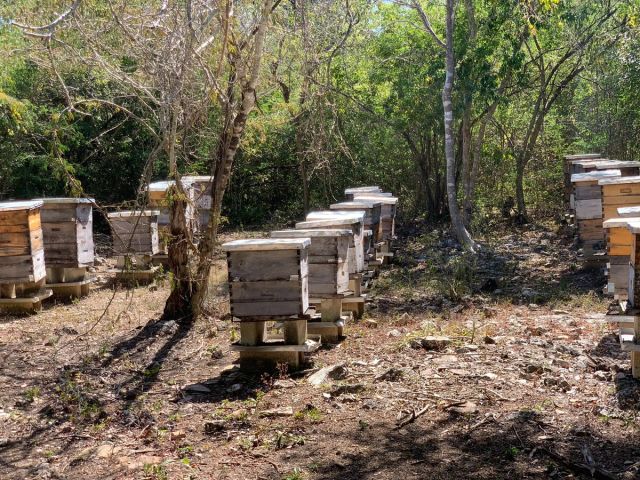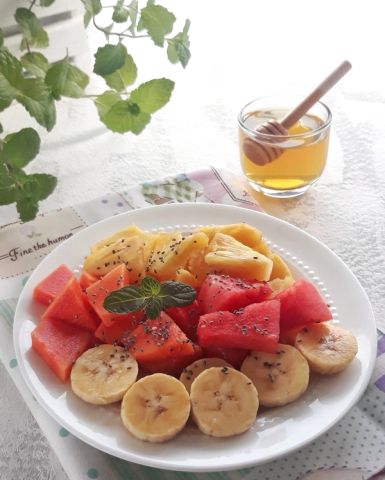In the southeast of Mexico is the beautiful Yucatan Peninsula, and its vibrant capital Mérida is home to beekeepers Miguel and Rafael.
They are just two of the Mexican beekeepers that manage the bees that forage the tropical wildflowers and cactus plants of the rainforest. Here, Miguel and Rafael explain more about beekeeping in Mexico’s tropical rainforest.
How did you get into beekeeping?
We have been beekeepers since the late 1990s and have around 1,200 beehives. We got into beekeeping through an interest in nature, in both the forest and the wildlife that lives in and around it. And because of that, we also love natural produce too, and that’s really where our passion started, for both bees and the delicious honey they produce!
What do you love about beekeeping?
We love watching the bees do their thing. It’s amazing how they make such a contribution to the preservation of the forest through pollination as well as give us honey that we can enjoy at home. It’s also fascinating to see the colony growing, which happens at the start of the season when the flowers start to bloom in the tropical wild forest.

Can you tell us about the flavour and aromas of the honey your bees make?
Though we harvest between January and July, our favourite harvest is from the forage we get usually around April and May. At this time, the bees have foraged on the flowers of the Tzi Tzil Che. This gives the honey a really distinct rich, fruity flavour and thick texture, with a medium to dark amber colour.
How is honey typically eaten in Mexico?
We typically eat honey at breakfast time, mixed in coffee, swirled with natural yogurt, or drizzled on fresh fruit like papaya, watermelon and banana. We also regularly bake with it, often mixing it with milk or adding it to hot cakes.

